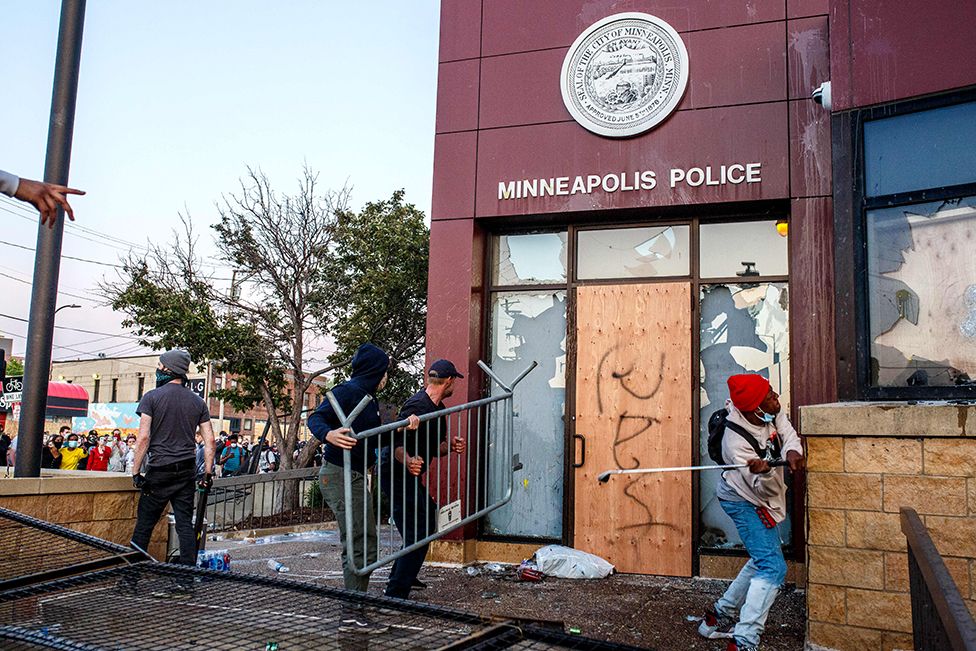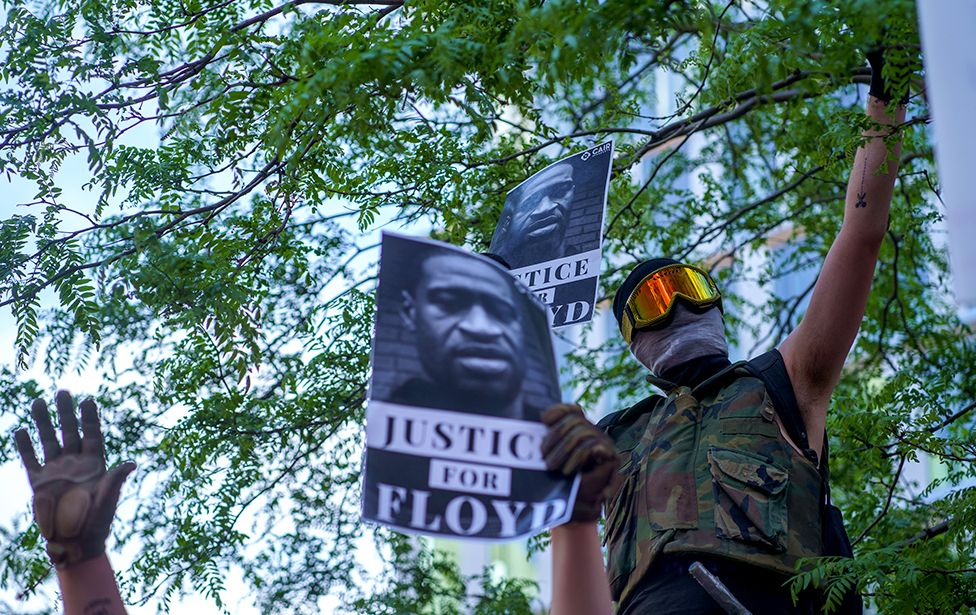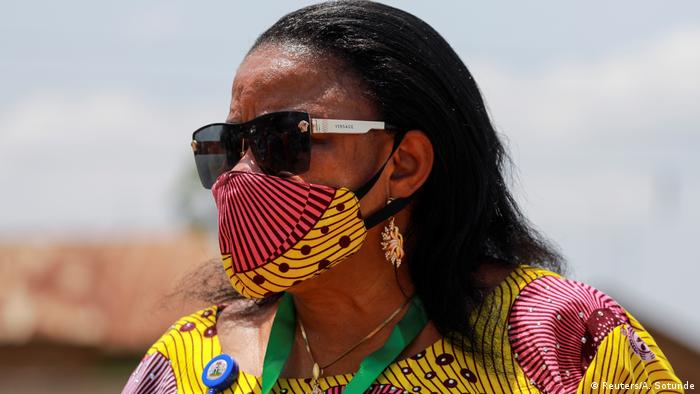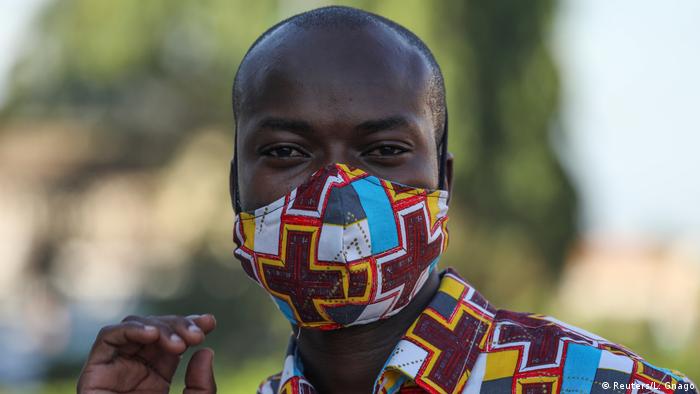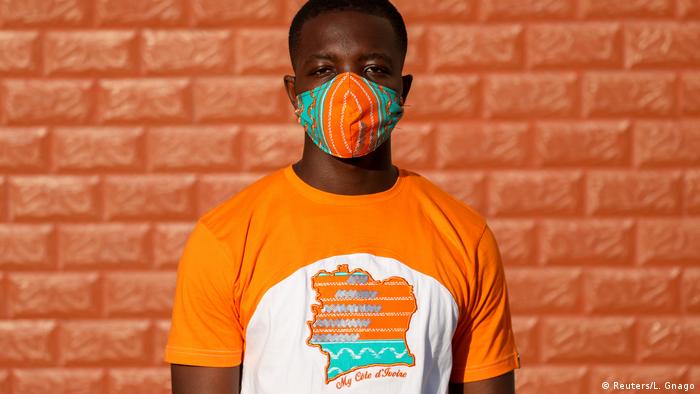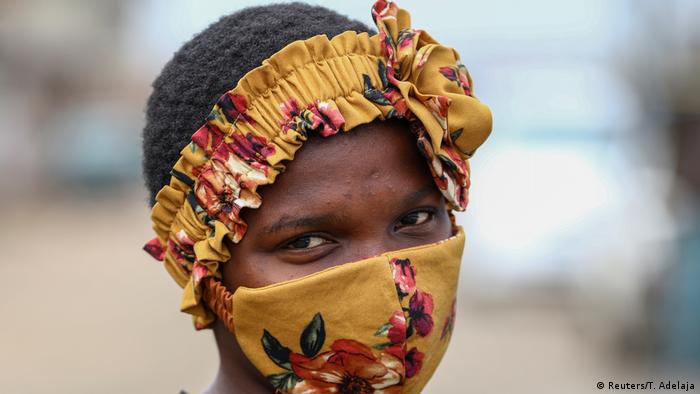'Cannabis burned during worship' by ancient Israelites - study
29 May 2020
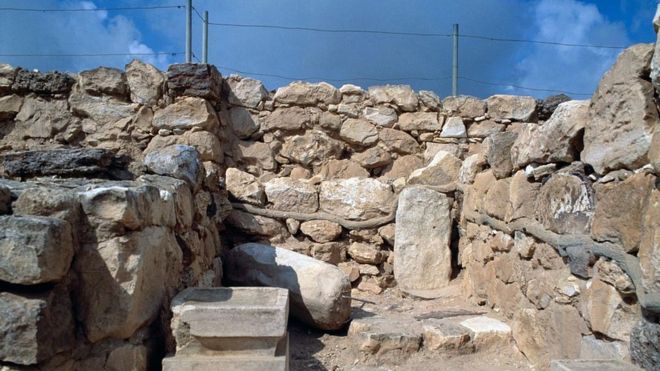
GETTY IMAGES Cannabis residue was found on an altar at the temple in Arad
Ancient Israelites burned cannabis as part of their religious rituals, an archaeological study has found.
A well-preserved substance found in a 2,700-year-old temple in Tel Arad has been identified as cannabis, including its psychoactive compound THC.
Researchers concluded that cannabis may have been burned in order to induce a high among worshippers.
This is the first evidence of psychotropic drugs being used in early Jewish worship, Israeli media report.
The temple was first discovered in the Negev desert, about 95km (59 miles) south of Tel Aviv, in the 1960s.
In the latest study, published in Tel Aviv University's archaeological journal, archaeologists say two limestone altars had been buried within the shrine.
Thanks in part to the dry climate, and to the burial, the remains of burnt offerings were preserved on top of these altars.
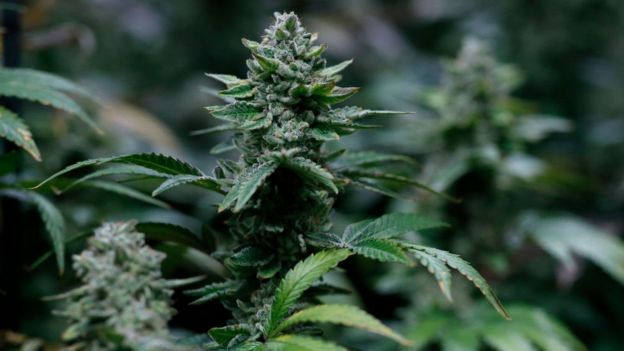 GETTY IMAGES
GETTY IMAGES
It's believed cannabis was burned to induce a psychoactive effect in worshippers
Frankincense was found on one altar, which was unsurprising because of its prominence in holy texts, the study's authors told Israeli newspaper Haaretz.
However, tetrahydrocannabinol (THC), cannabidiol (CBD) and cannabinol (CBN) - all compounds found in cannabis - were found on the second altar.
The study adds that the findings in Tel Arad suggest that cannabis also played a role in worship at the Temple of Jerusalem.
This is because at the time the shrine in Arad was part of a hilltop fortress at the southern frontier of the Kingdom of Judah, and is said to match a scaled-down version of Biblical descriptions of the First Temple in Jerusalem.
The remains of the temple in Jerusalem are now inaccessible to archaeologists, so instead they study Arad and other similar shrines to help them understand worship at the larger temple.
NEWS RELEASE
New research reveals Cannabis and Frankincense at the Judahite Shrine of Biblical Arad

IMAGE: FRONT VIEW OF THE SHRINE AT ARAD, REBUILT IN THE ISRAEL MUSEUM. THE TOP?DOWN VIEW OF THE ALTARS: ON WHERE YOU CAN SEE THE BLACK RESIDUE OF CANNABIS AND FRANKINCENSE... view more
CREDIT: (COLLECTION OF THE ISRAEL ANTIQUITIES AUTHORITY, PHOTO © THE ISRAEL MUSEUM, BY LAURA LACHMAN.
Analysis of the material on two Iron Age altars discovered at the entrance to the "holy of holies" of a shrine at Tel Arad in the Beer-sheba Valley, Israel, were found to contain Cannabis and Frankincense, according to new article in the journal, Tel Aviv.
Past excavations revealed two superimposed fortresses, dated to the 9th to early 6th centuries BCE, which guarded the southern border of biblical Judah. Highly important Iron Age finds were unearthed, including a well-preserved shrine that was dated to ca. 750-715 BCE.
Two limestone altars (the smaller altar is 40 cm high and about 20 × 20 cm at the top; the larger is about 50 cm high and 30 × 30 cm at the top) were found lying at the entrance to the "holy of holies" of the shrine.
Evidently, they had played an important role in the cult practices of the shrine. An unidentified black solidified organic material was preserved on the altars' surfaces. Past analysis of these materials failed to identify their content and this dark material was recently submitted to organic residue analysis by modern methods.
The study reveals that on the smaller altar cannabis had been mixed with animal dung to facilitate heating, while the larger altar contained traces of frankincense that was mixed with animal fat to promote evaporation.
These unique findings shed new light on cult practices in biblical Judah, suggesting cannabis was used here as a deliberate psychoactive, to stimulate ecstasy as part of cultic ceremonies.
Lead author Eran Arie from The Israel Museum in Jerusalem commented, "This is the first time that cannabis has been identified in the Ancient Near East; Its use in the shrine must have played a central role in the cultic rituals performed there."
Frankincense comes from Arabia. Therefore, the presence of frankincense at Arad indicates the participation of Judah in the south Arabian trade even before the patronage and encouragement of the Assyrian empire. Arad provides the earliest evidence for frankincense in a clear cultic context. Frankincense is mentioned as a component of the incense that was burned in the Temple of Jerusalem for its pleasant aroma.
The "fortress mound" of Tel Arad in the Beer-sheba Valley in southern Israel was excavated over 50 years ago under the direction of the late TAU Professor Yohanan Aharoni.
###
For an interview, please contact:
Eran Arie, The Israel Museum, Jerusalem
Email: eranar@imj.org.il
Email: eranar@imj.org.il
Or
Dvory Namdar, Volcani Center of Agricultural Research
Email: dvoran@volcani.agri.gov.il
Email: dvoran@volcani.agri.gov.il
For a copy of the paper, visit: https:/
For any other enquiries, please contact:
Krystina Sihdu, Press & Media Relations Executive
Email: newsroom@taylorandfrancis.com
Follow us on Twitter: @tandfnewsroom
Email: newsroom@taylorandfrancis.com
Follow us on Twitter: @tandfnewsroom
The article will be freely available once the embargo has lifted via the following link: https:/
About Taylor & Francis Group
Taylor & Francis Group partners with researchers, scholarly societies, universities and libraries worldwide to bring knowledge to life. As one of the world's leading publishers of scholarly journals, books, ebooks and reference works our content spans all areas of Humanities, Social Sciences, Behavioural Sciences, Science, Technology and Medicine.
From our network of offices in Oxford, New York, Philadelphia, Boca Raton, Boston, Melbourne, Singapore, Beijing, Tokyo, Stockholm, New Delhi and Cape Town, Taylor & Francis staff provide local expertise and support to our editors, societies and authors and tailored, efficient customer service to our library colleagues.


